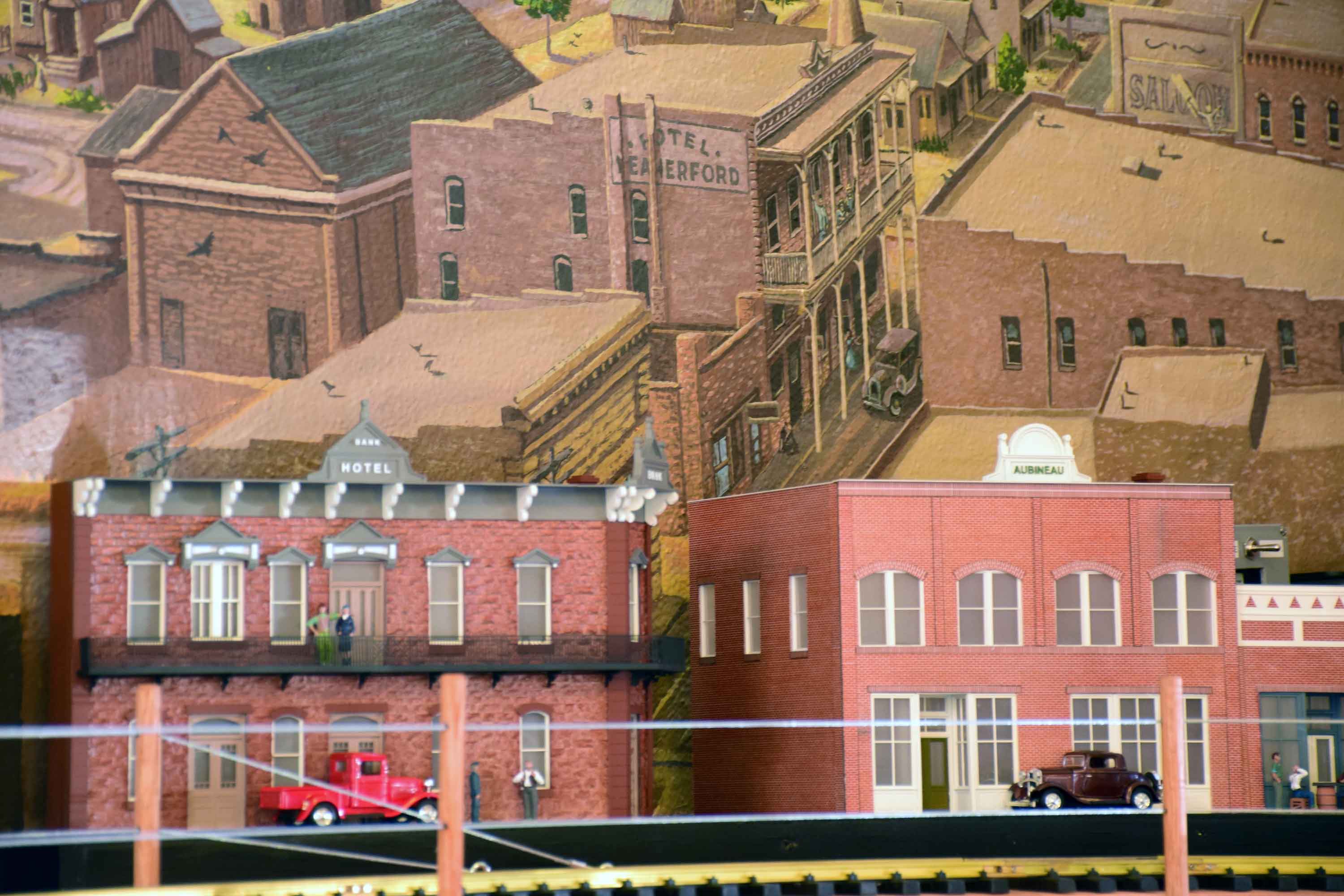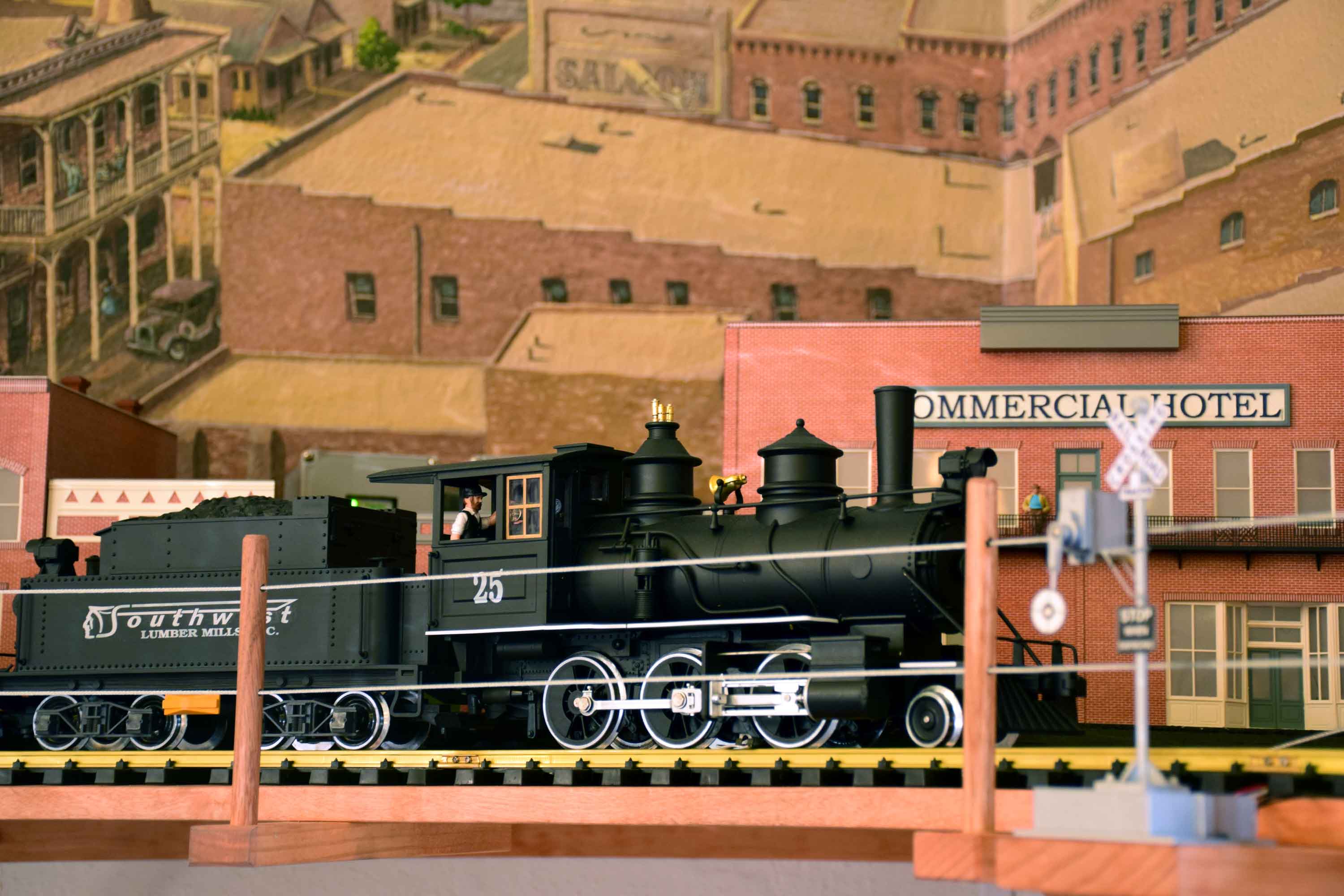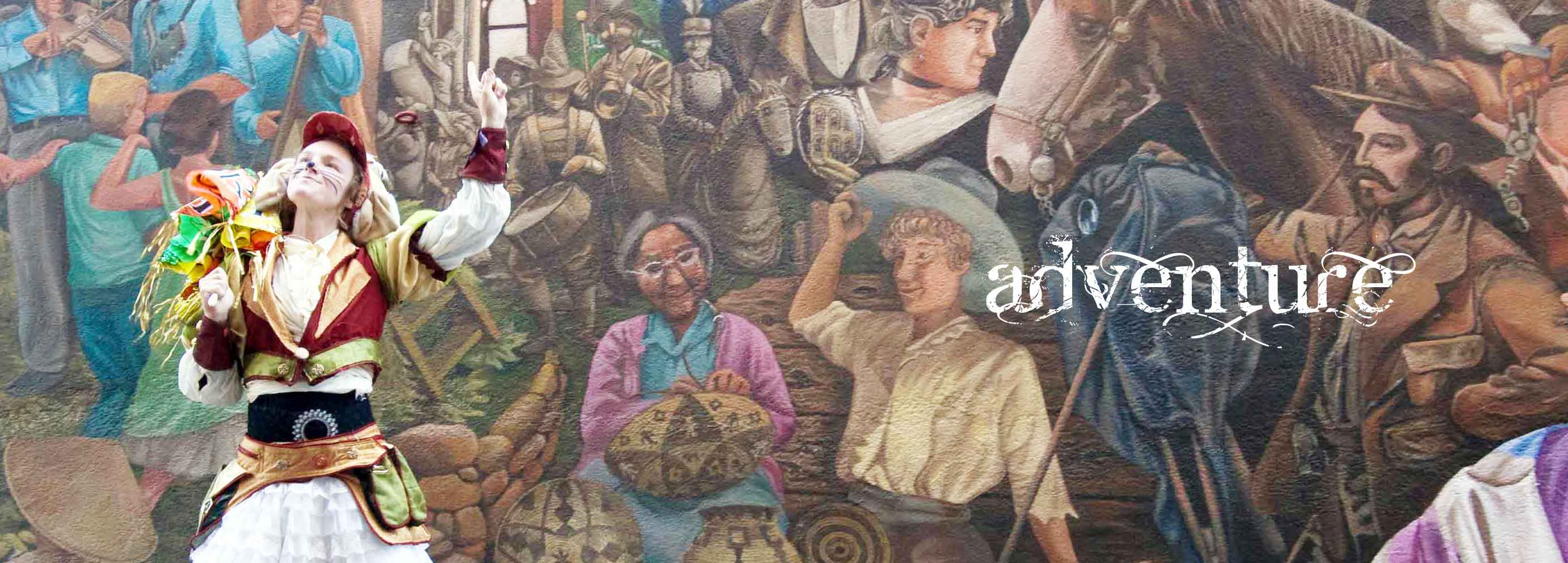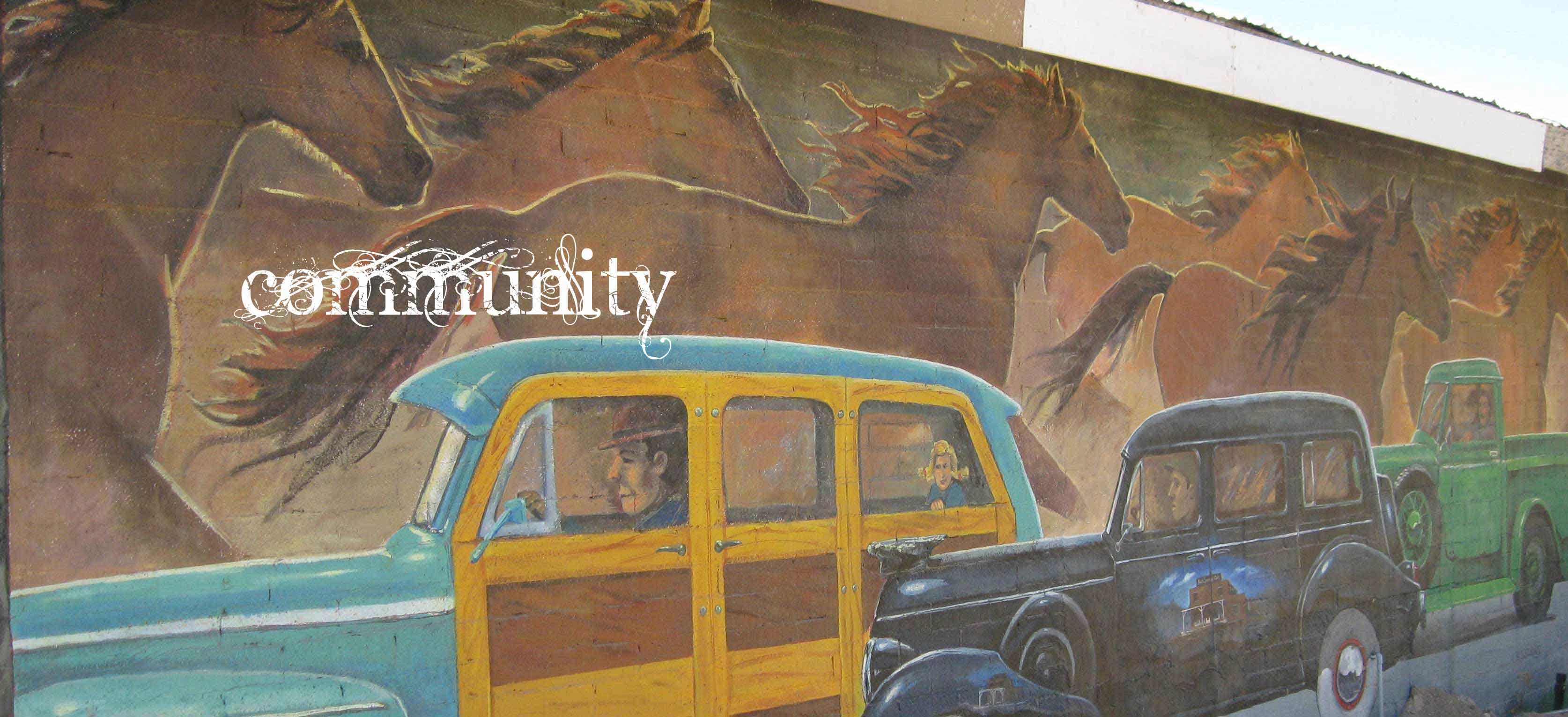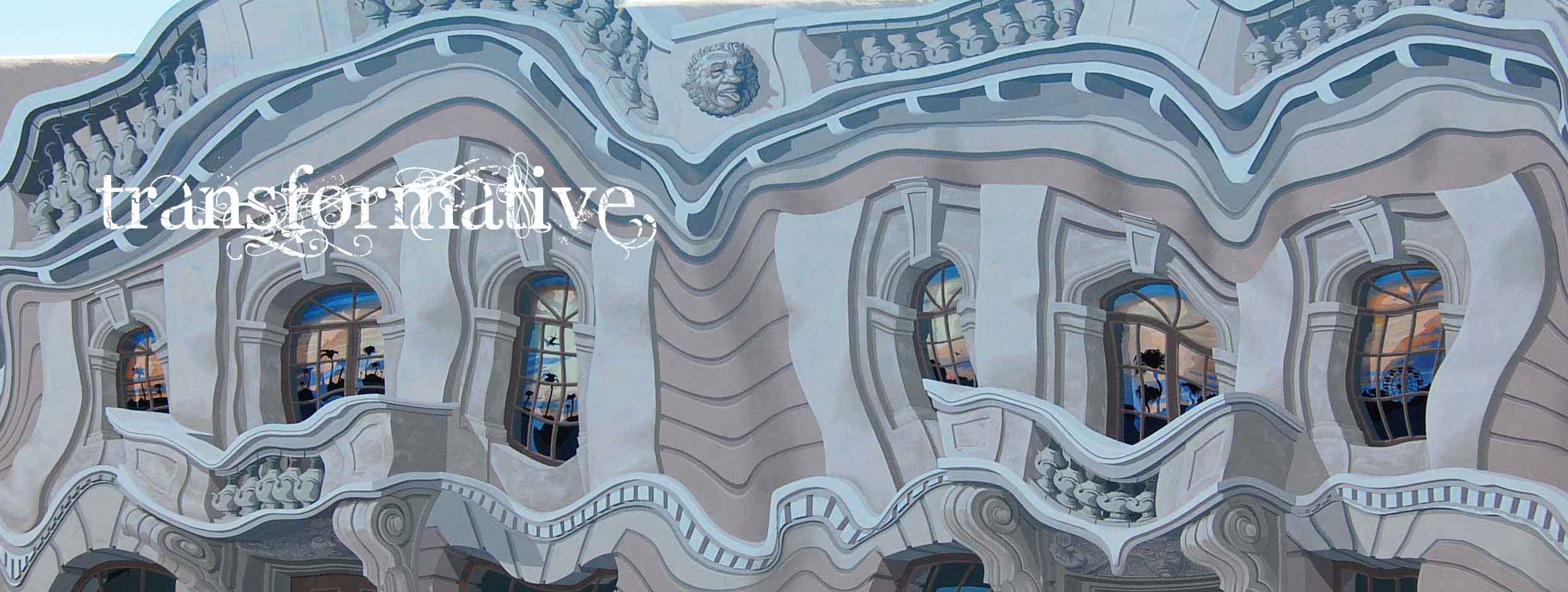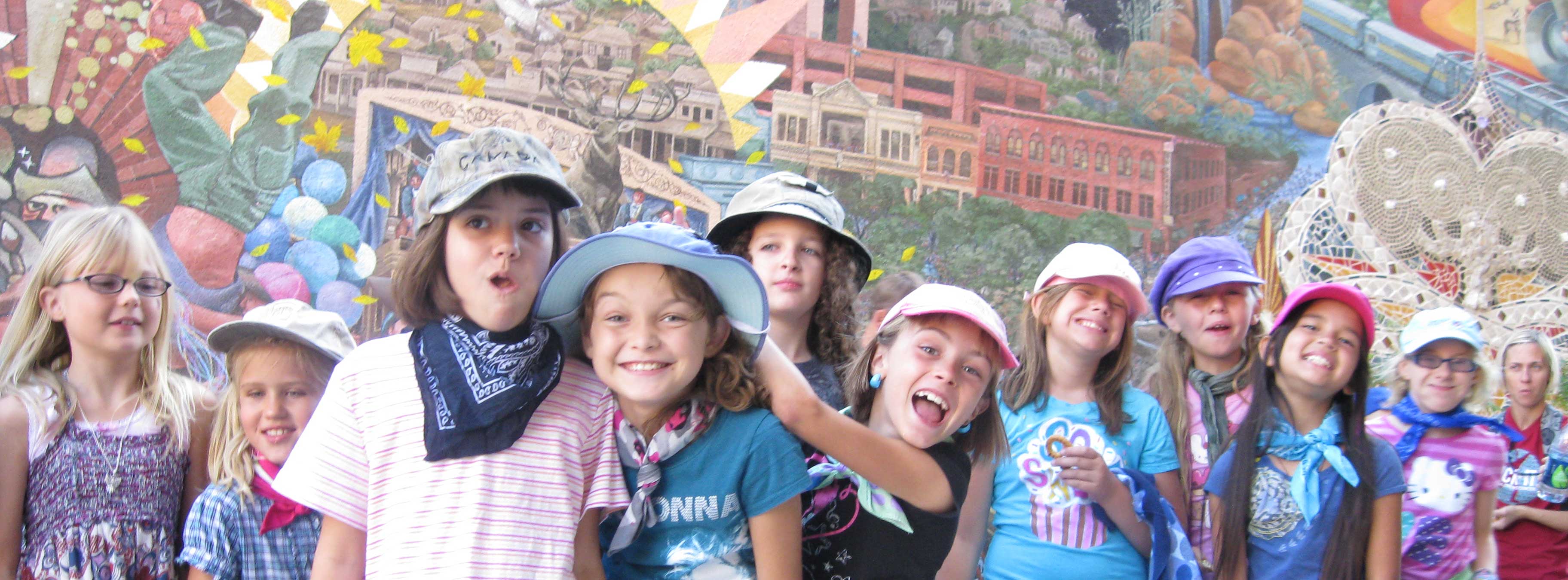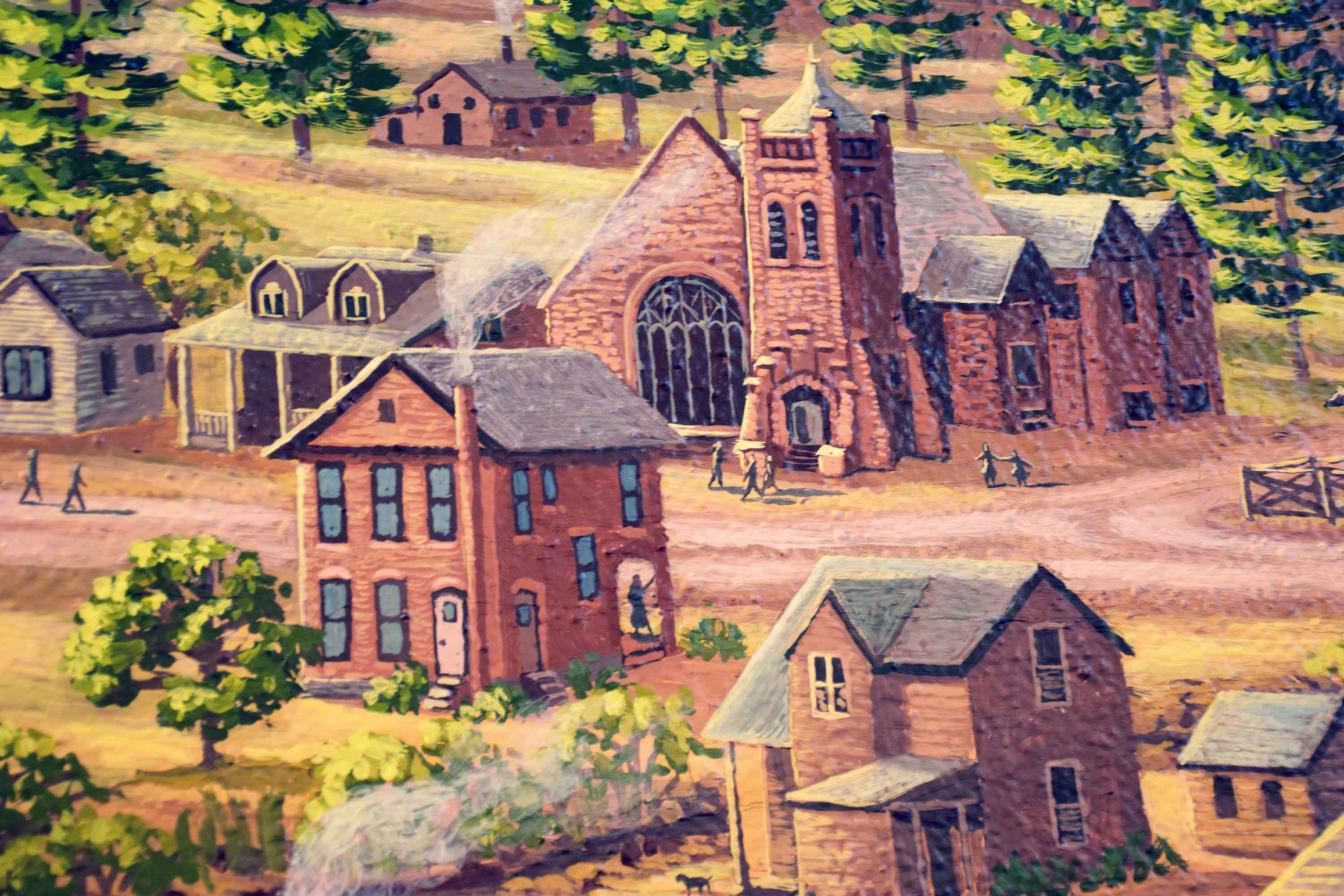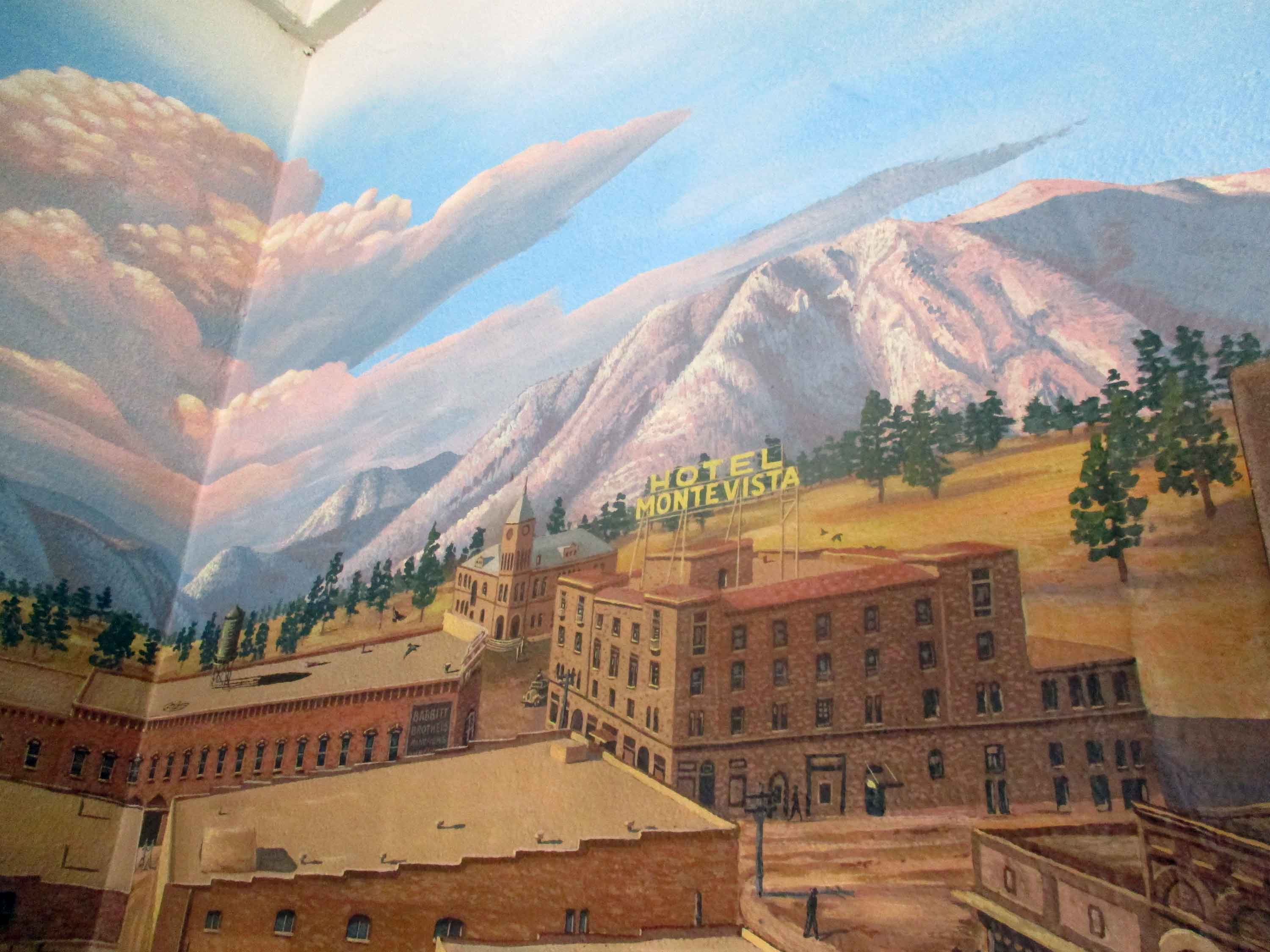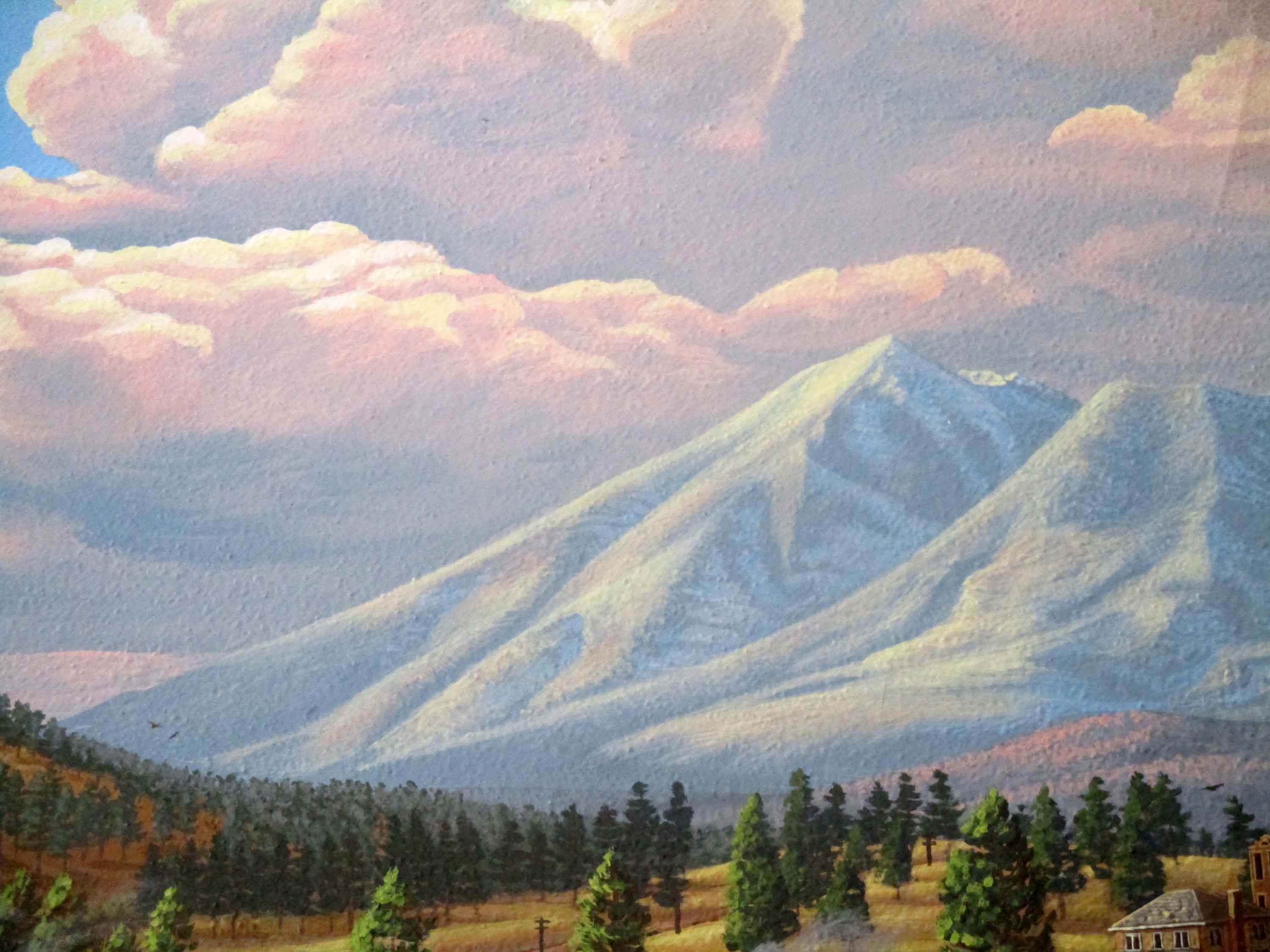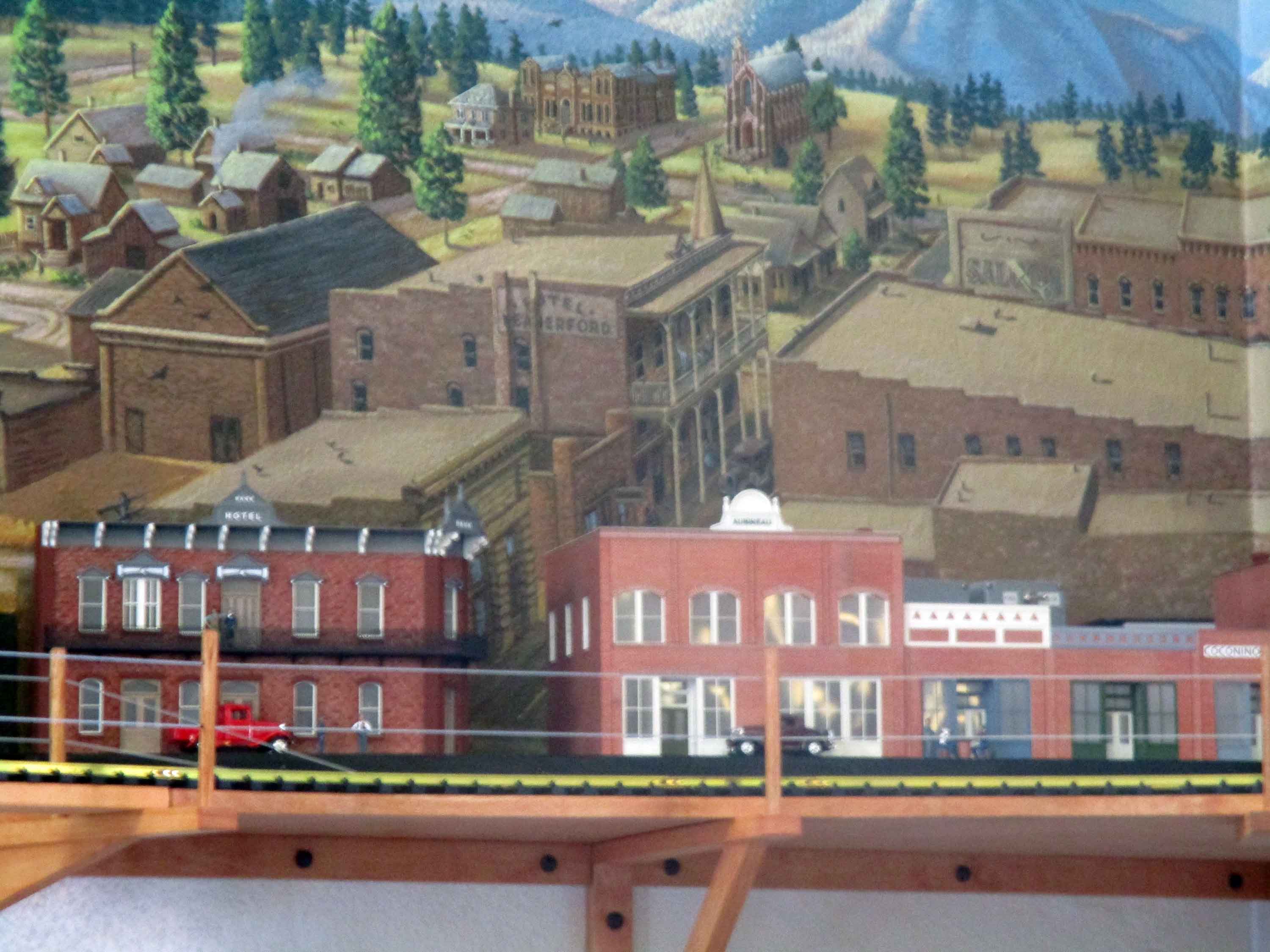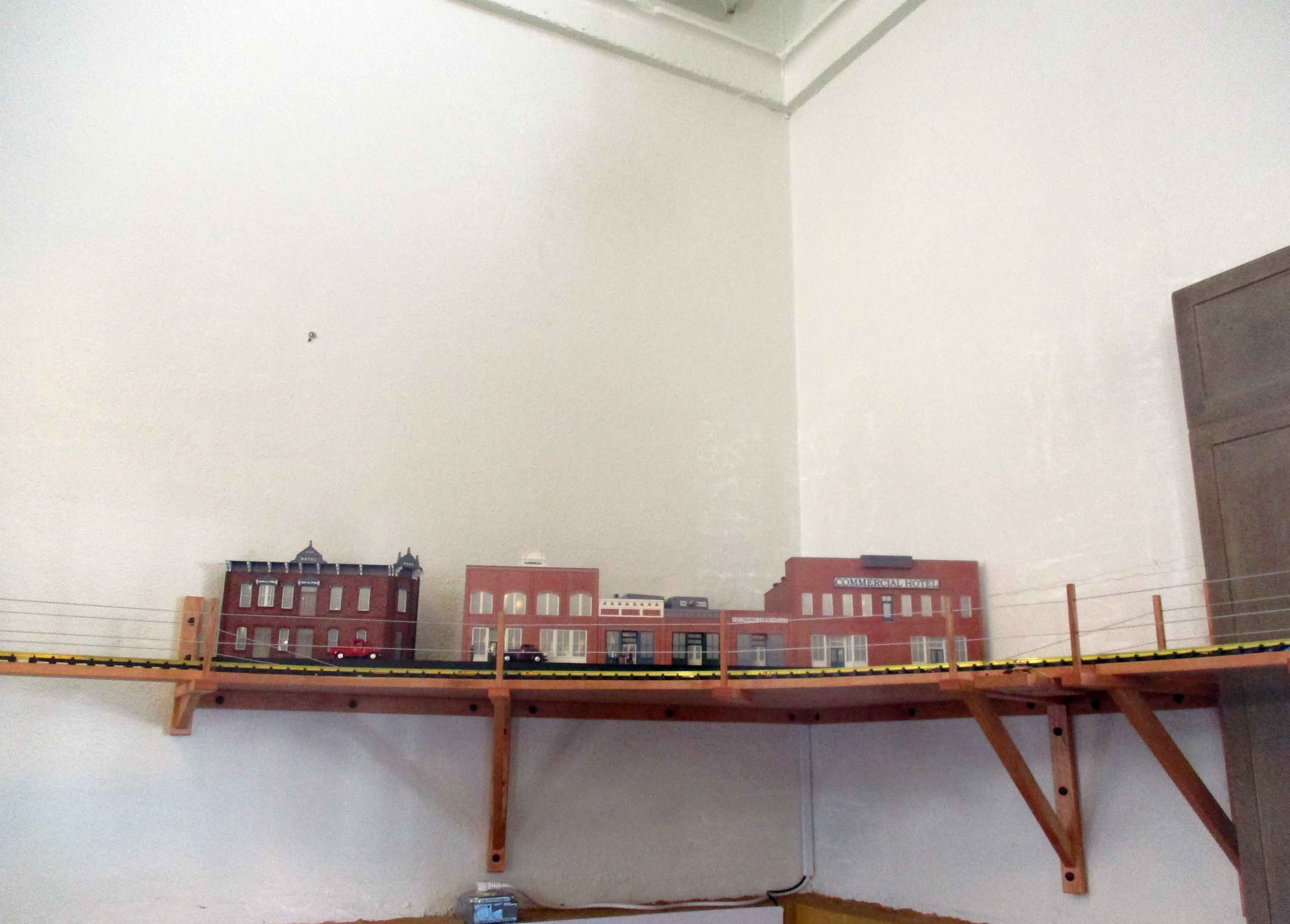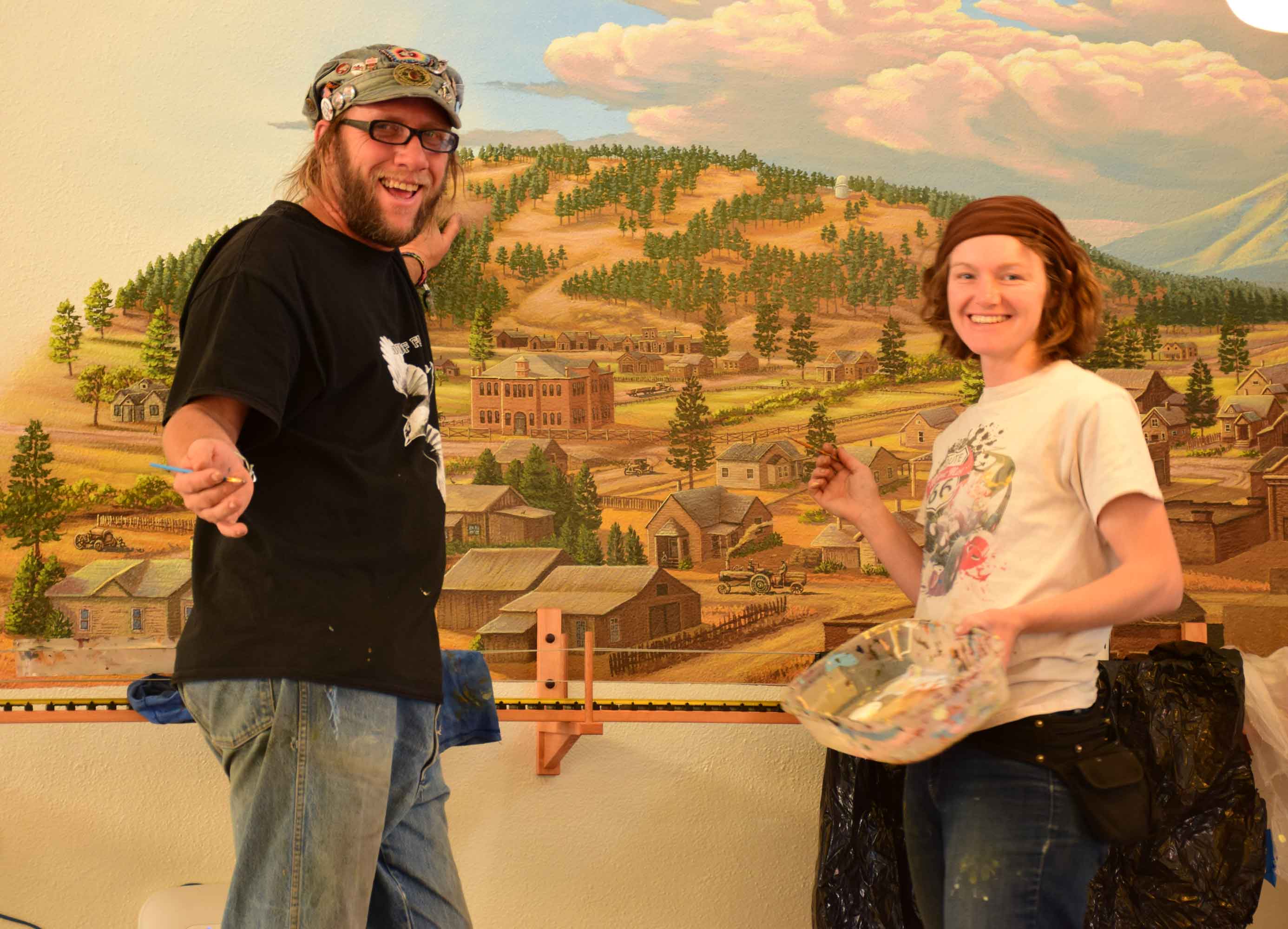Miniature Train to 1920's-Flagstaff Az. 2016
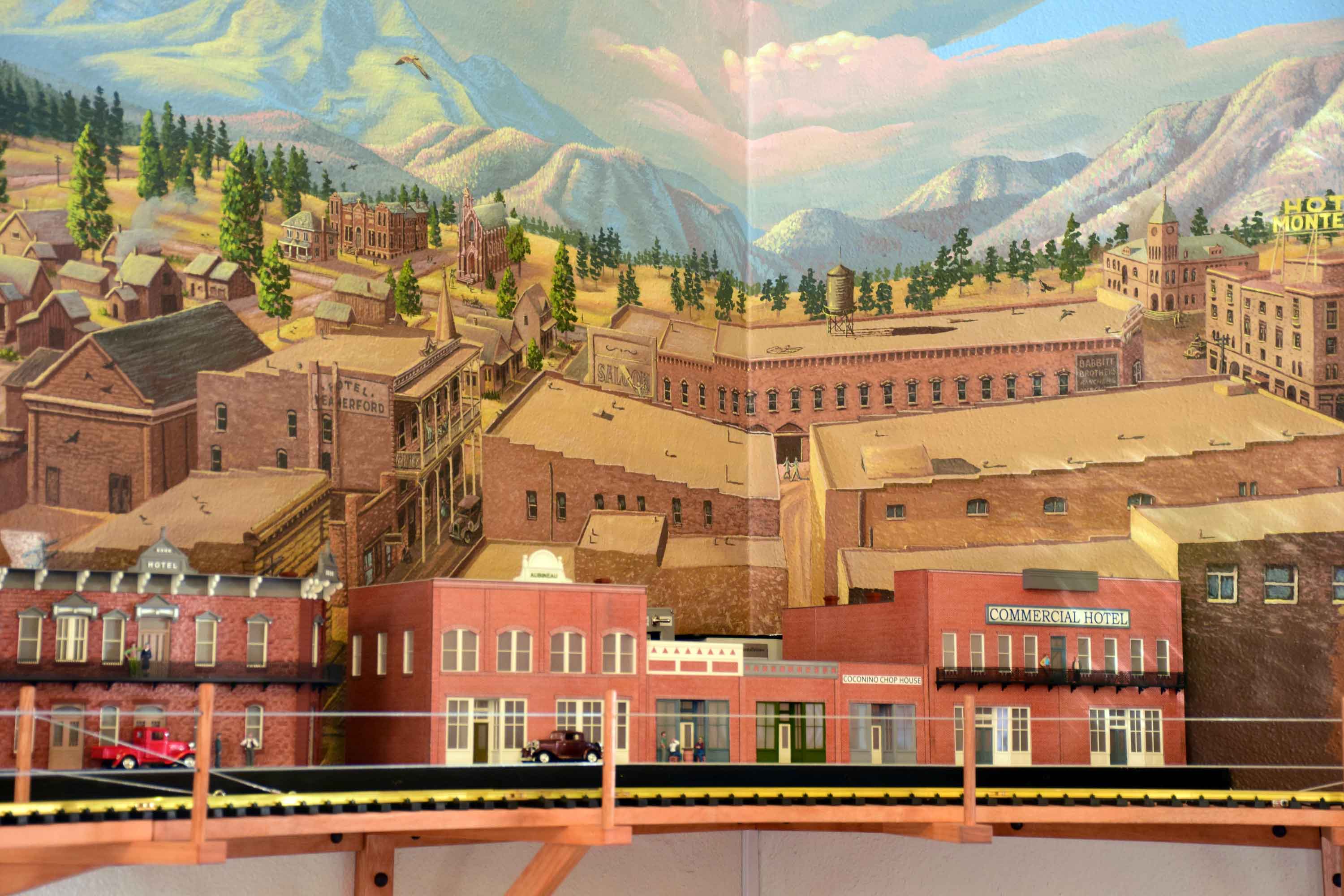
Artists- Margaret Dewar and R.E. Wall
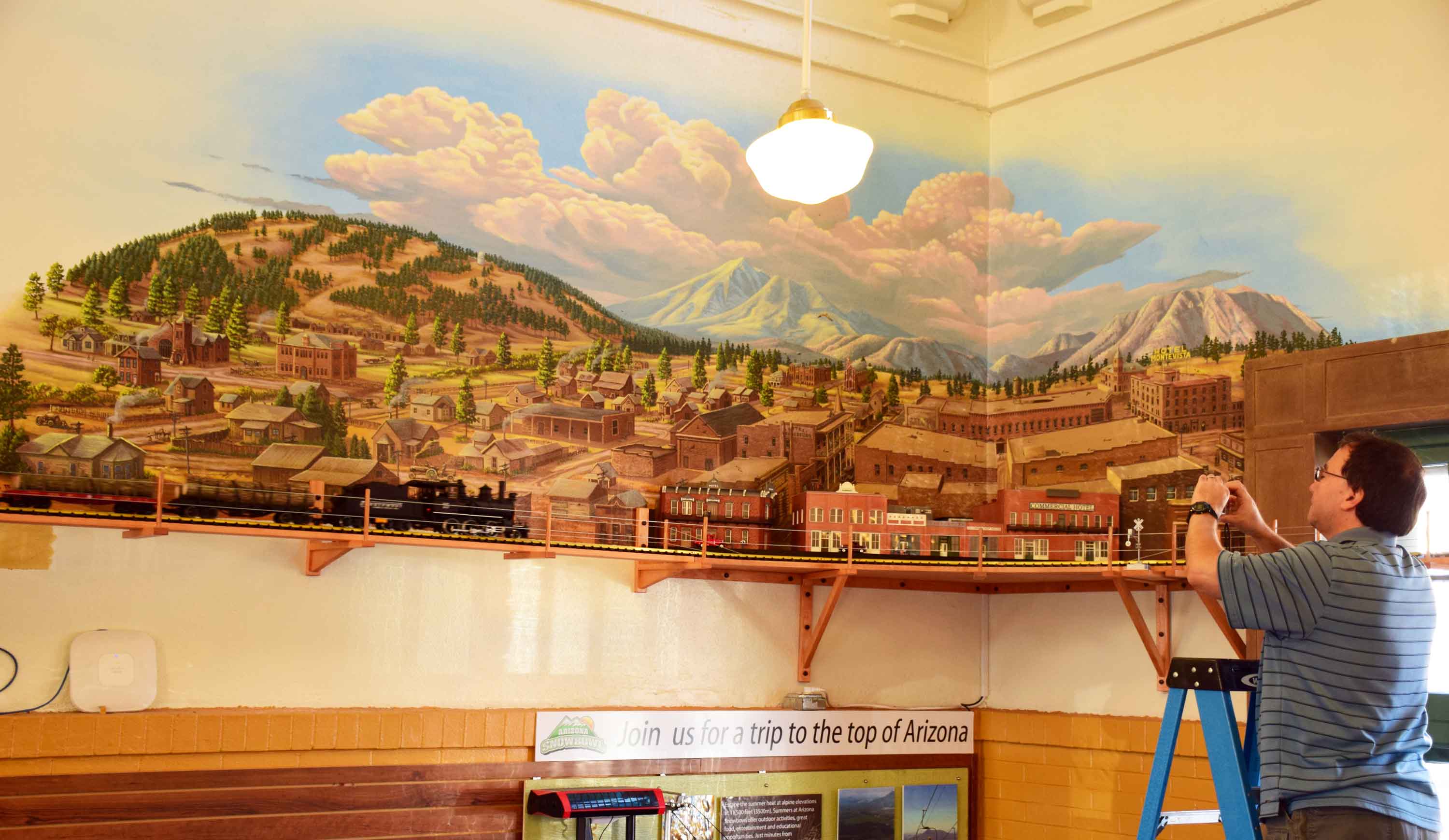
The Flagstaff Visitor Center is located in the historic Santa Fe passenger train depot on Route 66. They are your resource for personalized travel information, free guides, maps and brochures. The gift shop features a wide selection of Flagstaff and train-themed souvenirs and clothing, books, maps, Route 66 memorabilia locally-crafted items and “made in the USA” gifts. As part of your adventure shopping, they now feature a model train that circles the room when visitors deposit a quarter into the machine. The G Scale train was installed by Dave Bennett of Train Installations, LLC and the model town by Phil Scandura from Mainenti Miniatures in Flagstaff. Mural Mice Universal artists R.E. Wall and Margaret Dewar were happy to lend some paint to enhanse the models realism.
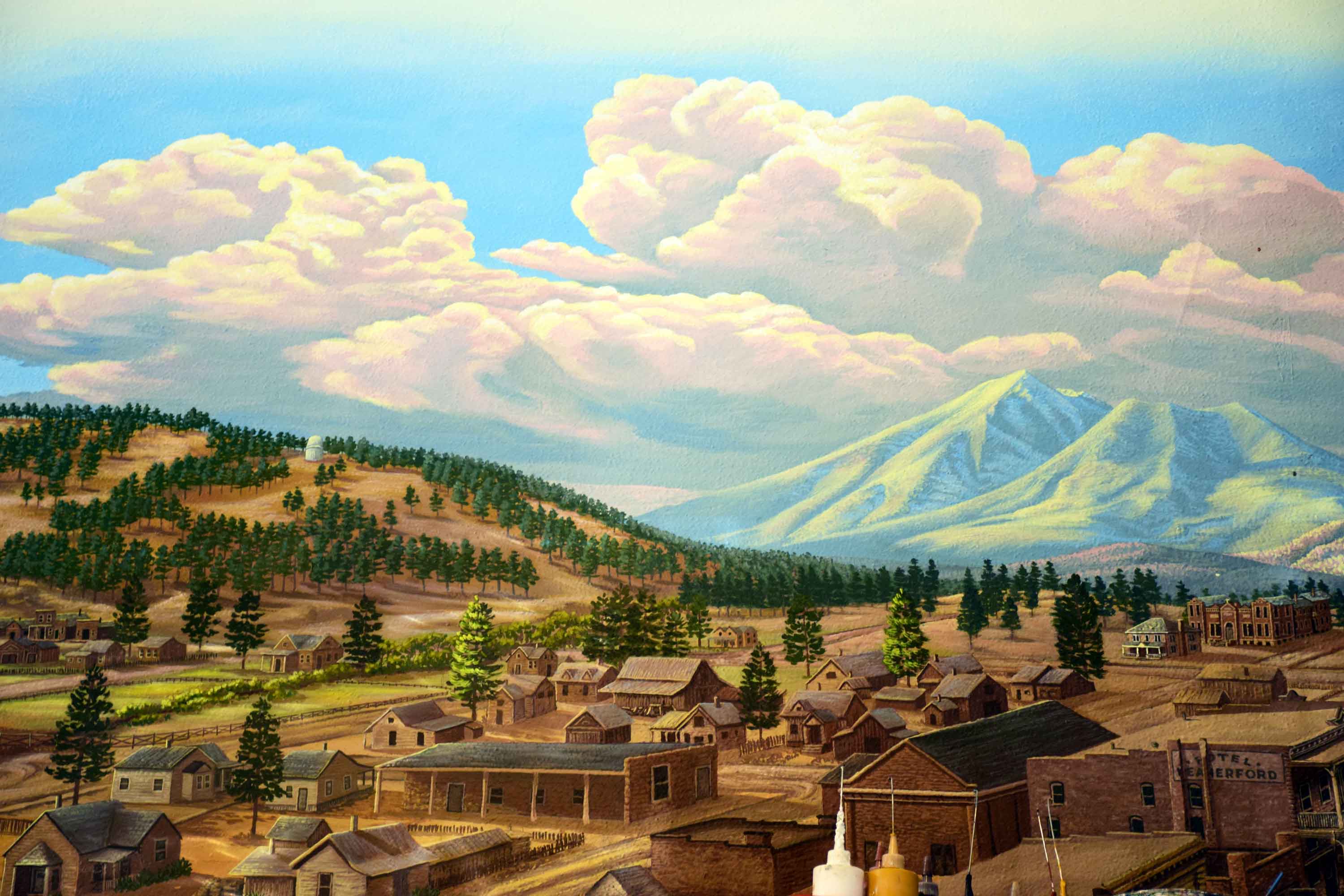
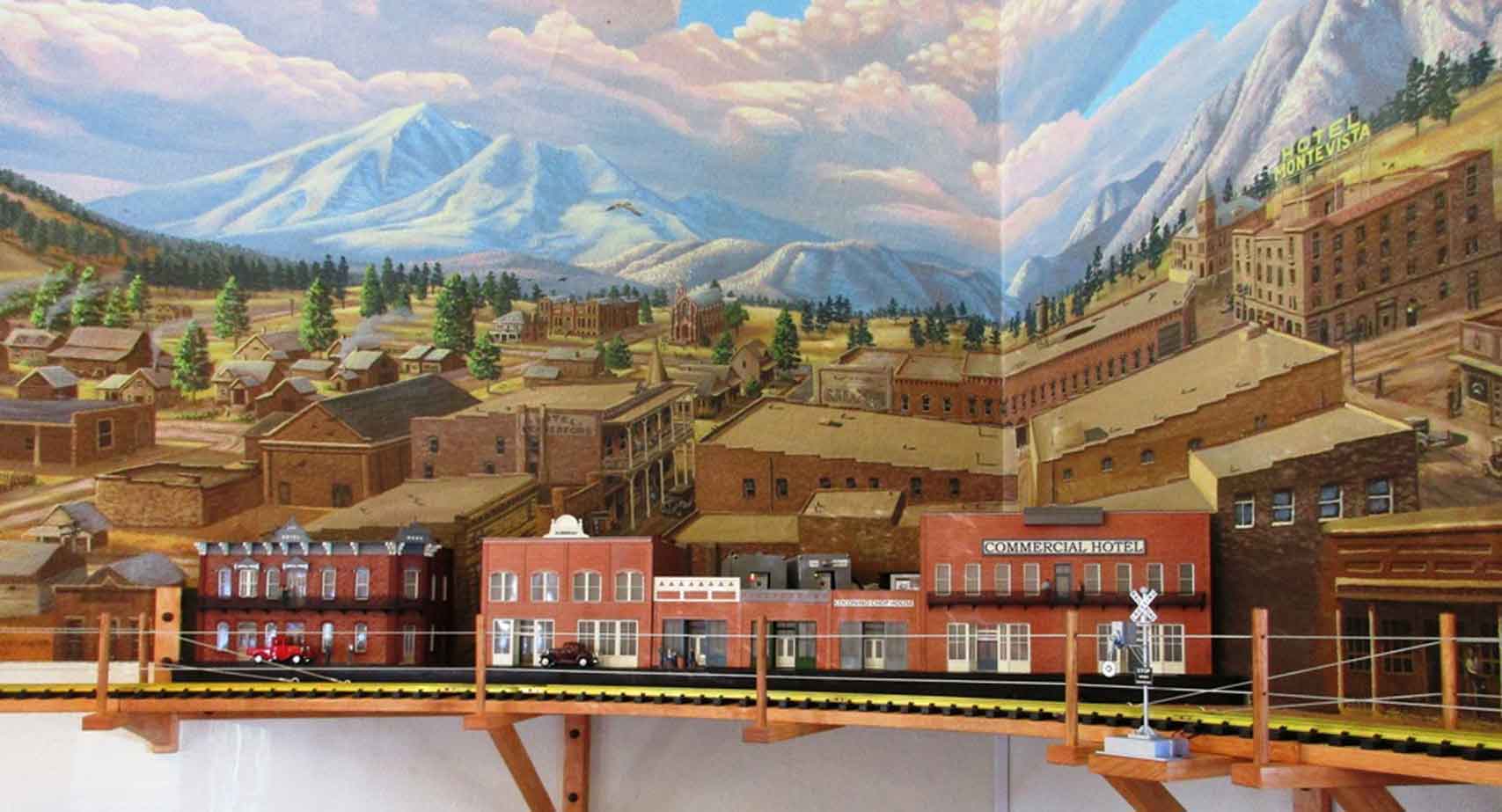

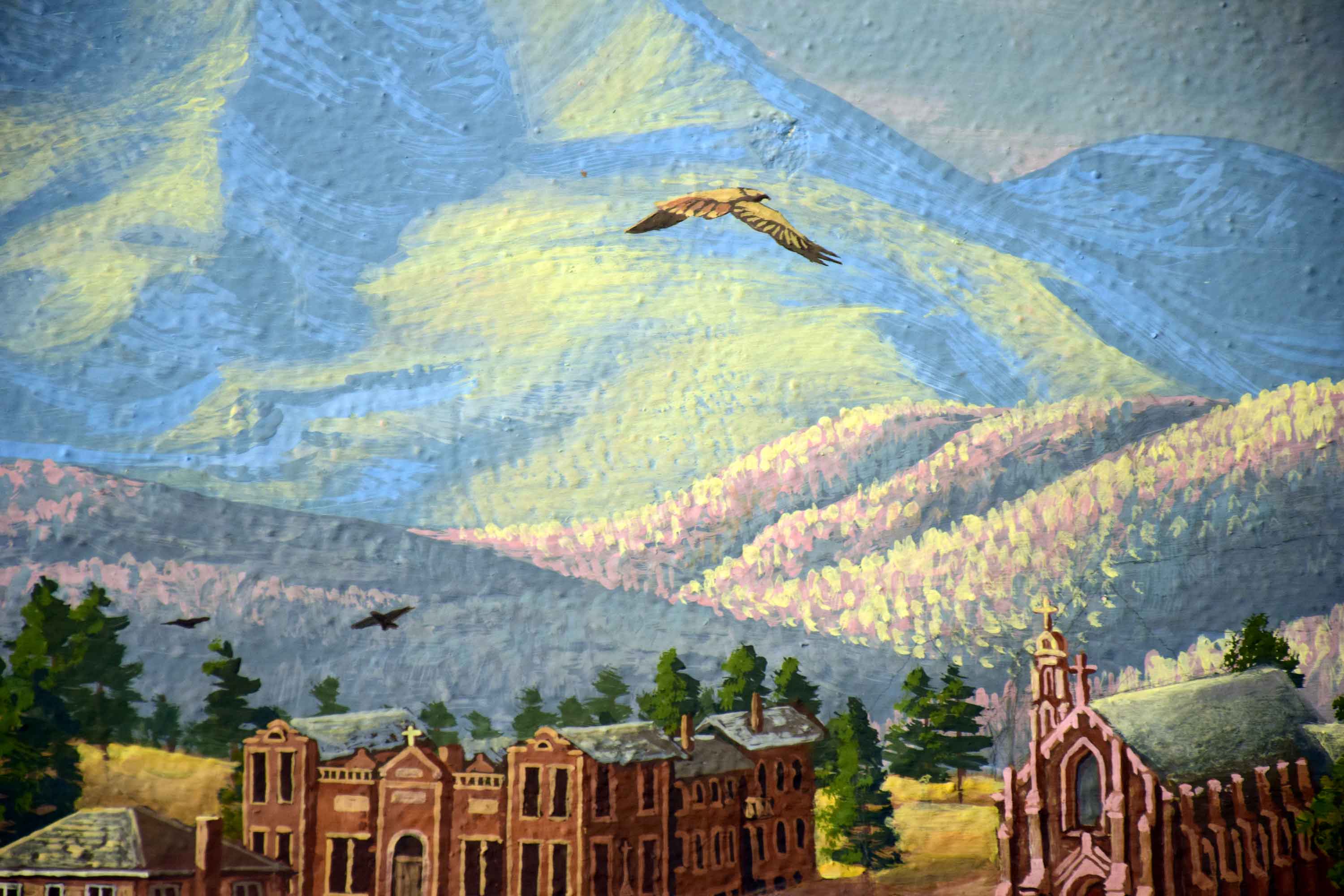
The mural is set on the North side of the railroad tracks in the mid 1920's when many of Flagstaff's largest landmarks stood out amongst the rustic atmosphere of the Northern Arizona pine forest. The Babbitt Brother Building (built in 1888), the Weatherford hotel (1900), and Hotel Monte Vista (1926) still grace the Northern side of the tracks downtown. JC Milligan, former Flagstaff Justice of the Peace and owner of a local brickyard provided the stones to build the Coconino County Court House (built in 1893) as well as the first post office (1889). His home is placed across the street from the Emerson School (established in 1895), located on the site of todays Wheeler Park. Its a Sunday morning and congregations are gathering at two historic churches; Episcopol Church Epiphany and the Flagstaff Federated Community Church. Old Town Flagstaff (established 1882) sits at the base of Mars Hill where the Lowell Observatory charts the night skys.
Mural Mice Universal founders and artists R.E. Wall and Margaret Dewar
The Miniature Town Diorama
by Phil Scandura from Mainenti Miniatures

The model reflects the view out of the windows on the north side of the depot, as the buildings would have looked in the late 1920s. Largely unchanged since its initial construction in 1886, the McMillan building (then referred to as the Arizona Central Bank and Hotel) is seen on the left. Perhaps the most visible difference between the model and today is the balcony that once wrapped around the front of the hotel.
Across Leroux Street from the McMillan you’ll find the Aubineau Building, first constructed in the early 1900s and later demolished in 1915 to be replaced with the building represented by the model. It would undergo various facelifts and changes over the years, resulting in its current state today.
The next three buildings are the Berry Building, Brown Building, and Coconino Chop House, whose original construction all date back to the late 1800s. Each would change the type of business hosted within over the years, however in the late 1920s they were known as the Varsity Pocket Billiard Parlor, Brown’s News Stand and Soda Fountain, and the Coconino Restaurant and Lunch Room, respectively.
The final building on the diorama is the Commercial Hotel, first constructed in 1895 and later destroyed by fire in 1975. It was never rebuilt, consequently all that remains is the empty space where it once stood, now used as a small plaza and gathering area for several shops and restaurants.
